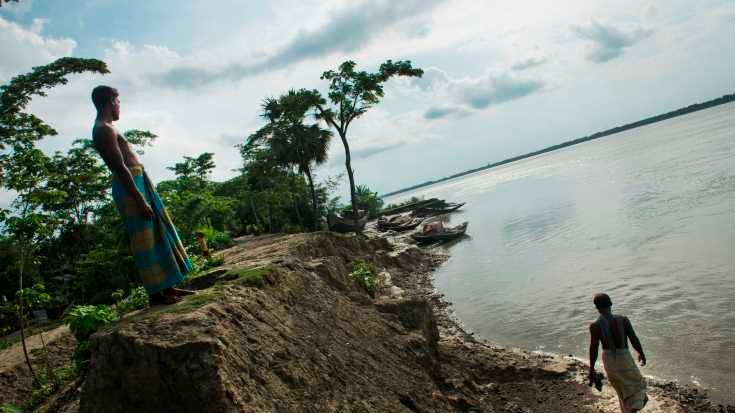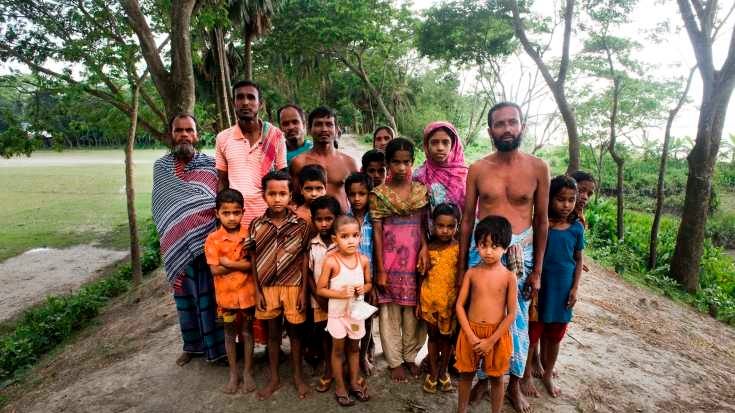The Government of Bangladesh has set up a multi-donor trust fund Bangladesh Climate Change Resilience Fund (BCCRF), a ‘one-stop’ mechanism for large-scale climate change financing in Bangladesh. One of the two windows of BCCRF, the Community Climate Change Project (CCCP) is allocating funds on a competitive basis to nongovernmental organizations (NGO) to implement community-driven interventions that build resilience to climate change impacts.
Challenge
Particular risks associated with a potential 2°C to 4°C warming this century include higher sea levels, more intense cyclones, more days of extreme rainfall, greater flooding, longer dry spells, greater groundwater stress, and lower crop yields. These add to hazards that Bangladeshis already face, including regular inundations and contamination of freshwater sources from salinity, which will be an addition to the devastating economic, social and vulnerable ecological consequences. The risks from climate variability and change are geographically concentrated in six specific regions of the country, which also have higher concentrations of the poor—the subsistence farmers, the rural landless, fishing communities, and urban poor. The areas are largely defined by their physiology and ecology and have varying climate change risks.
The South, Southwest, and Southeast coastal region is at risk from increasingly frequent and severe tropical cyclones, sea level rise causing drainage congestion, and saline intrusion in surface and ground water and soil. The Northwest Barind Tract is prone to drought while the Northeast haor or freshwater wetland area is alternately impacted by delayed rainfall or early flooding, and sedimentation from erosion of the surrounding hill areas. On the other hand the Central char and floodplains are prone to flooding, flash floods, and river bank erosion; the Hill Tracts are prone to landslides; and the urban areas are impacted by drainage congestion.


